Pantry essentials: Tony Tan's guide to navigating Asian supermarkets
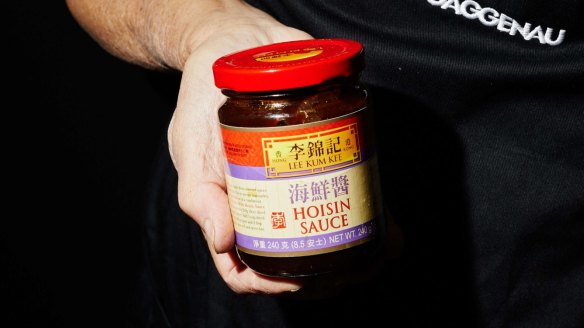
Before I even pluck a blue plastic basket from a pile in the doorway, Tony Tan has his loaded with rose petal wine, a little-known ingredient integral to making char siu (barbecue pork) truly tantalising. We are at Minh Phat, the legendary Asian supermarket presiding over Melbourne's main Vietnamese hub, Victoria Street, Richmond.
Having spent a day with Tan at his cooking school several weeks earlier, I come girded with the knowledge that you cannot make great Asian food without a well-chosen pantry of specific ingredients. And by specific, I mean exact types and brands of soy sauce, shao hsing wine, sesame oil and even rice.
Soy sauce is a great, if extreme, example of why this is. Tan tells me that in 2001, a British food standards agency found some soy sauce brands contained high levels of potentially cancer-causing chemicals, raising alarm around the world at the time. Most ingredient choices are not nearly so dramatic, but are still crucial, says Tan. "To cook well you have to understand food, and that dishes are composed of three basic criteria: tradition, health and flavour."
Tan has two other key tracks in his advice playlist. Price is an indicator of quality. If you see bottles of rice wine, for example, ranging in price from $5 to $15, go for the more expensive.
And ask for help. If you are staring, bewildered, at a wall of competing noodle packets, ask the shopkeeper which are the most respected brands and what he or she recommends. "Find an Asian supermarket you love, target the best ingredients and fill your pantry so everything is on hand to cook great food."
Here is Tony Tan's (very specific) Asian pantry shopping list.
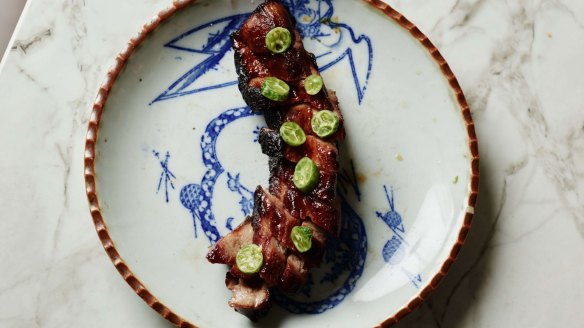
Soy sauce
Of all the Chinese ingredients, soy is the most important. At Minh Phat, this is not a shelf or a section. There is a whole aisle devoted to more than 50 brands and types of soy. A hapless shopper near us grabs a bottle of Pearl River Bridge and Tan loudly tells me the story of the cancer-causing allegations from years ago. The shopper hastily shoves the bottles back on the shelf and hangs around waiting for Tan to reveal more.
The trick is to choose naturally fermented soy, he says. "Most commercial soy sauces contain chemicals to hasten fermentation." The best soys have been fermented for two years. He recommends Kikkoman Naturally Brewed Tamari (it comes in a glass bottle, which also gets Tan's tick) or Amoy Gold Label Light Soy Sauce (any of the Amoy soy range is good, Tan says).
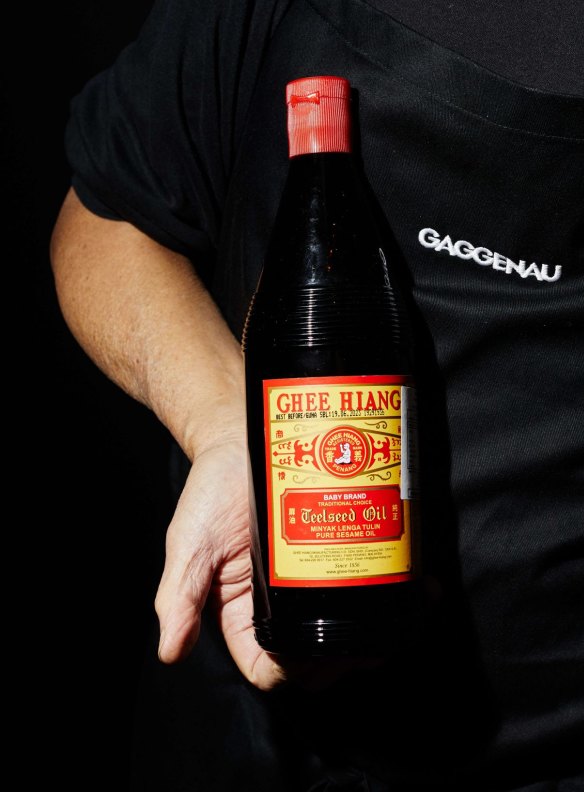
Chinese rice wine
Another central ingredient in Chinese cooking, used frequently to deglaze woks in stir-fries and as a base to add depth and complexity to many other dishes. It is named after the city of Shaoxing in eastern China and is made from glutinous rice and a type of yeast.
There are several grades available but Tan says the one to target is Hua Tiao Chiew brand (it has a yellow pagoda on the label). "This is infinitely better than some of the bottles that are $5 each." It's so sought after (though still inexpensive at $12 a bottle) that at Minh Phat it is kept behind the counter. It tastes a little like dry sherry, which Tan says you can substitute if need be.
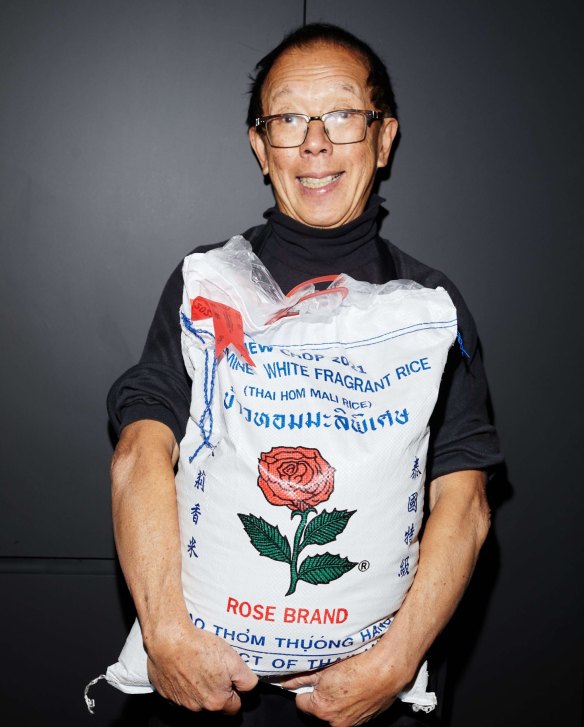
Sesame oil
Everyone has at least one dusty bottle of sesame oil lurking in their pantry. Beware, says Tan, because it could be rancid. Some commonly available brands are too darkly roasted and can turn rancid very quickly, warns Tan.
He always reaches for Ghee Hiang Teelseed Oil, also known as Baby Brand sesame oil. Made by a century-old company, it's deeply fragrant, lively on the palate, and a world away from the stale-tasting oil I have on my shelf. Keep it in the fridge, says Tan, and use as a nuanced hit of flavour in the finishing stages of a dish, especially vegetable dishes.
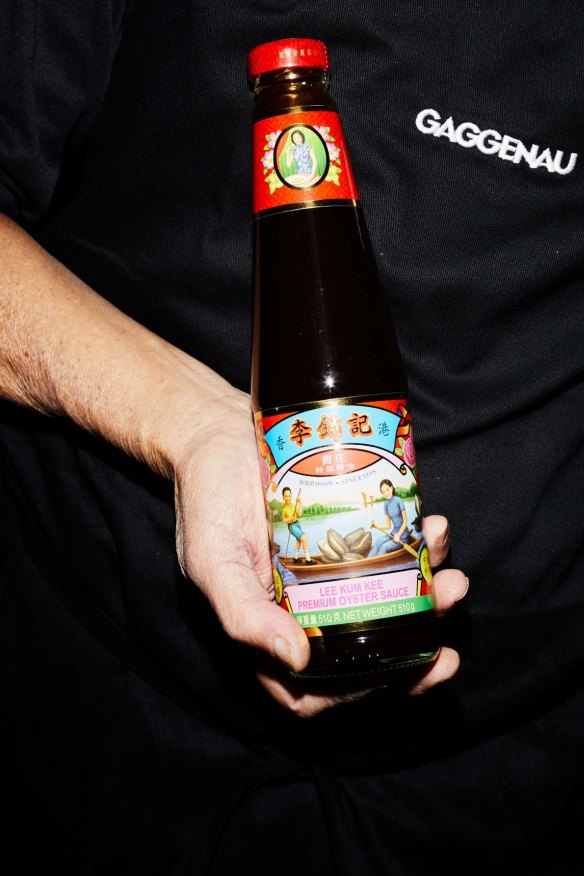
Rice
Every Minh Phat visit for Tan involves him lugging home a sack of a Thai-grown jasmine rice, which he thinks has the best flavour. His preferred brands are Rose and Royal Umbrella.
I raise the issue of the pesticides used in growing rice and whether organic rice is a good choice. With white rice, he says, the outer husk, which would contain traces of chemicals, is polished off so he thinks organics is not necessary.
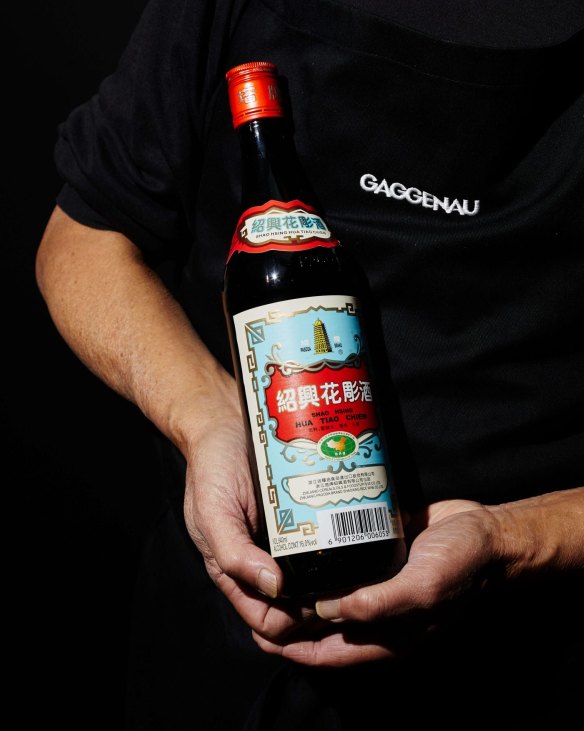
Hoisin sauce
The ultimate flavour booster, hoisin is made from fermented soy beans, garlic, vinegar, sugar and spices. Prized for its umami hit, it's used as a marinade or spooned into stir-fries. Tan favours the commonly found Lee Kum Kee brand.
Oyster sauce
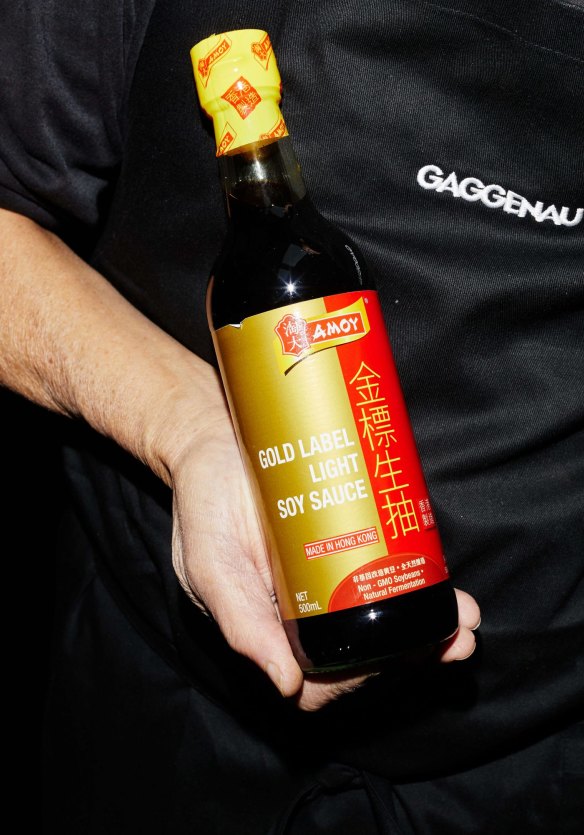
Probably the best in Australia is the Megachef brand, available at better Asian grocers rather than supermarkets. Tan also likes the readily supermarket-available Lee Kum Kee brand, but the premium variety.
Made from boiled down oyster juices, sugar, soy and flour, it adds an umami boost to stir-fries and noodle dishes.
Black and red rice vinegars
The vinegar aisle at Minh Phat supermarket is as large and dazzling as the soy section. Tan and I stand amid the bottles and he shakes his head. "Where to begin. Vinegar is a whole story in itself." Avoiding an information deluge, Tan says our Asian pantry should have two types: chinkiang, or black vinegar, and red vinegar.
His chinkiang of choice is the 180-year-old Hengshun brand, which sells for about $2 in supermarkets. It adds acidity to stir-fries and braises and can also be used in dressings.
Red rice vinegar is often a dipping condiment for dumplings and seafood and his favourite brand is Pun Chun.
Chinese five spice
Many home pantries have a musty packet of Chinese five spice buried in their depths. Good Chinese five spice powder zings with star anise, cloves, Sichuan peppercorns, fennel and nutmeg, and like the most redolent Middle Eastern spice mixes, it adds earthy, sweet and elevating notes to marinades and braises. Tan picks out a Vietnamese brand, Vianco, in a bright yellow packet with a deer on the label.
Miso paste
Japanese fermented soy bean paste is another essential item. Tan says any Japanese brand is good. He prefers white miso over red, using it as a marinade or stirring into dishes at the last minute to deepen the flavour. It is similar to Chinese salted soy bean pastes, he explains, but more readily available.
The best recipes from Australia's leading chefs straight to your inbox.
Sign up